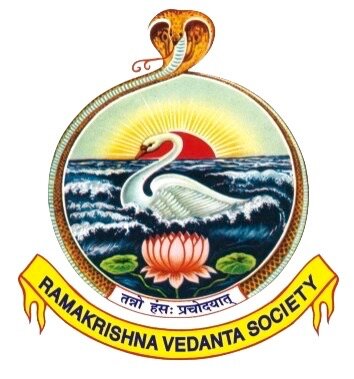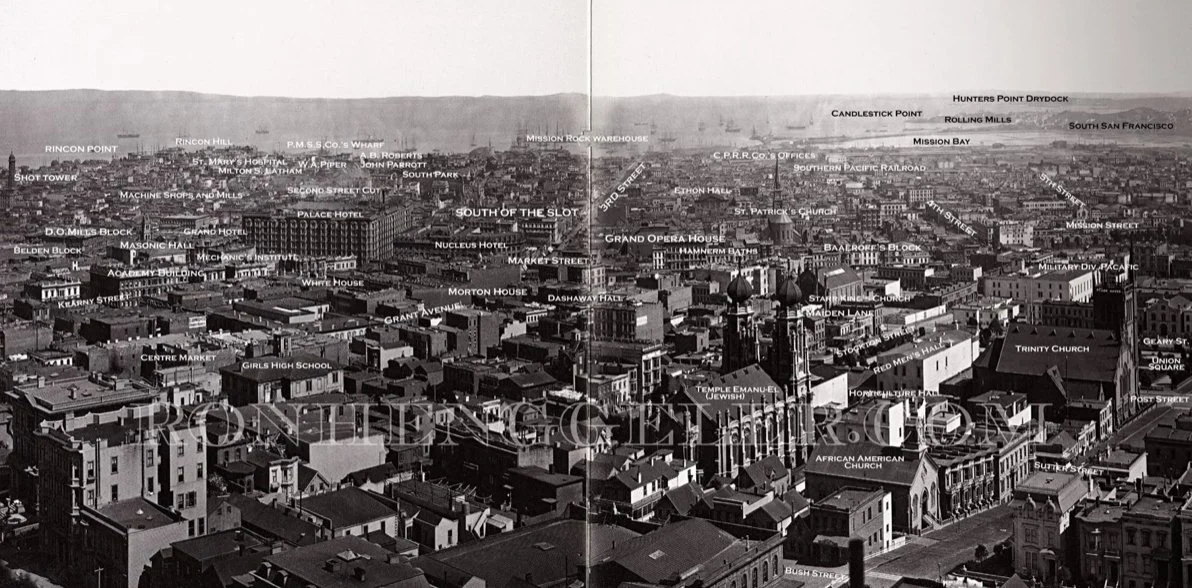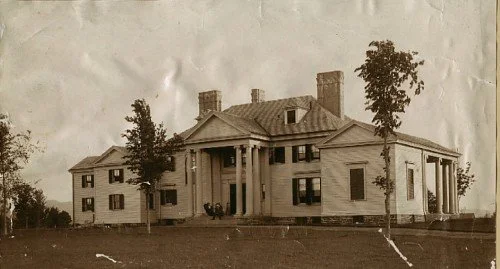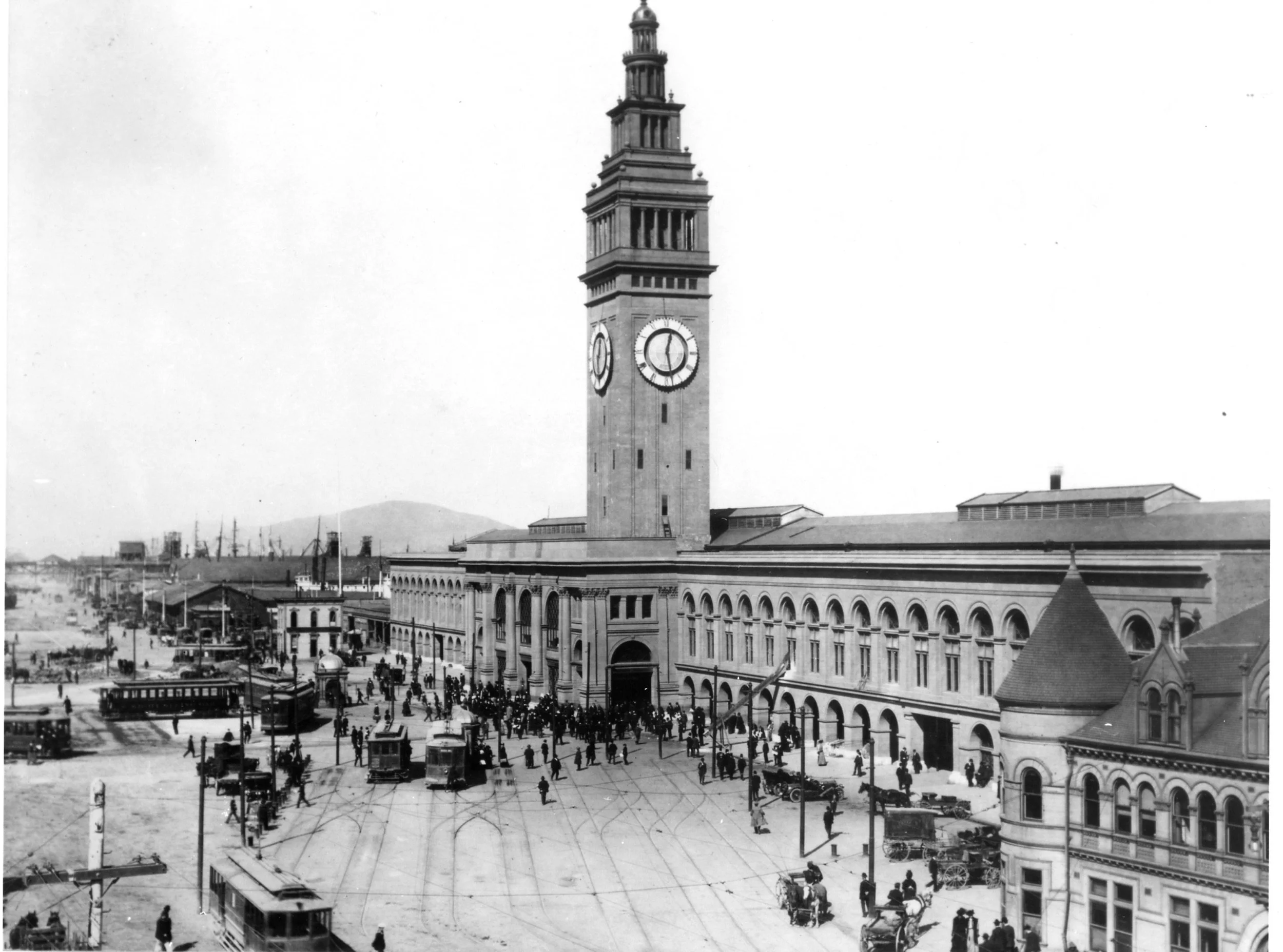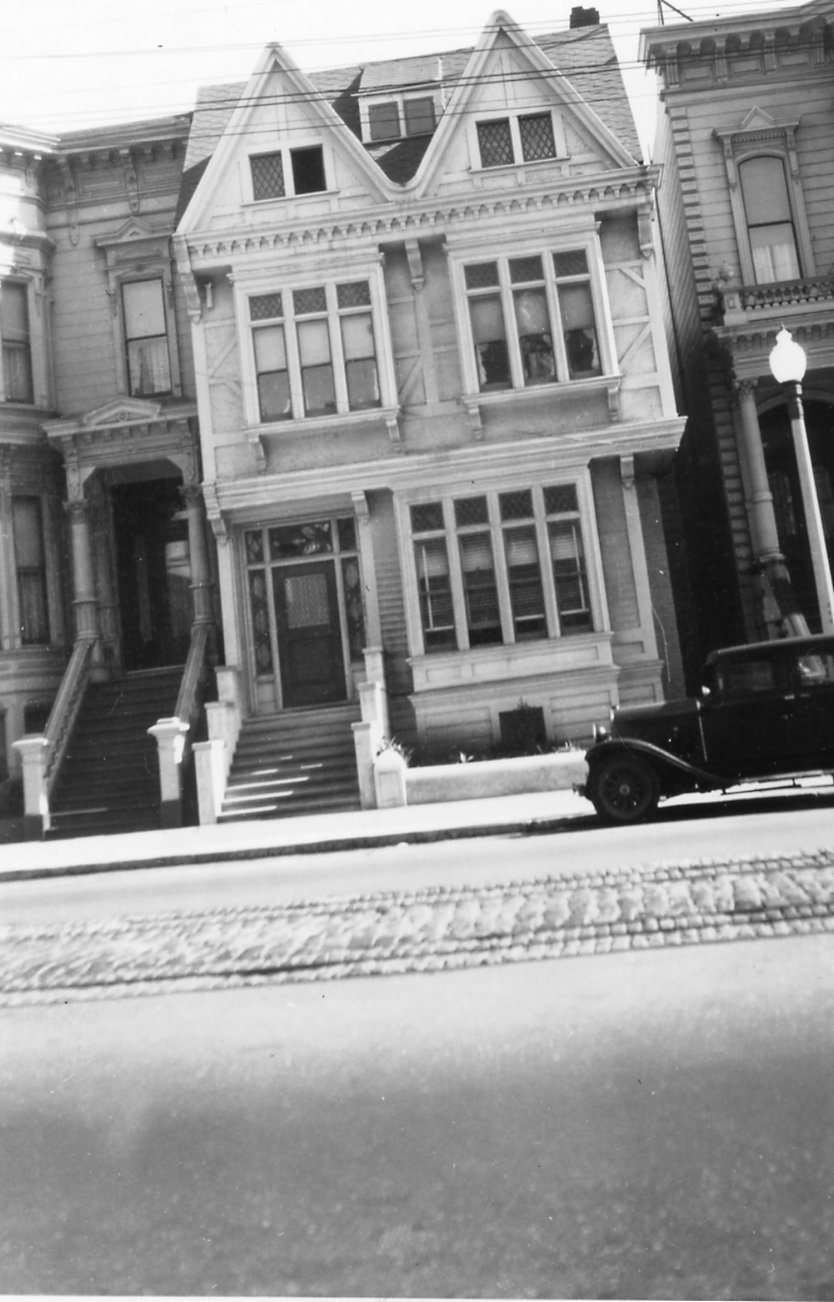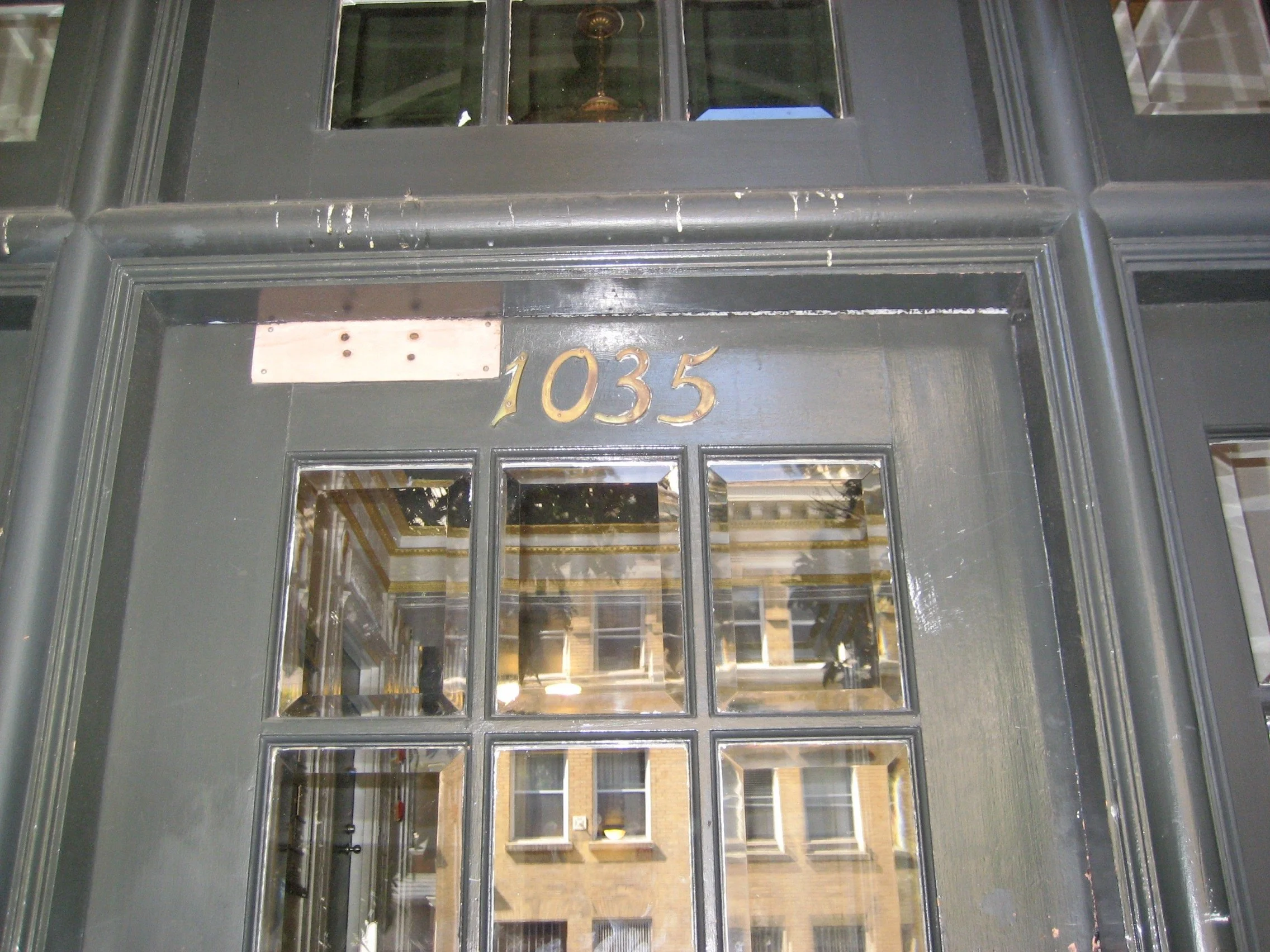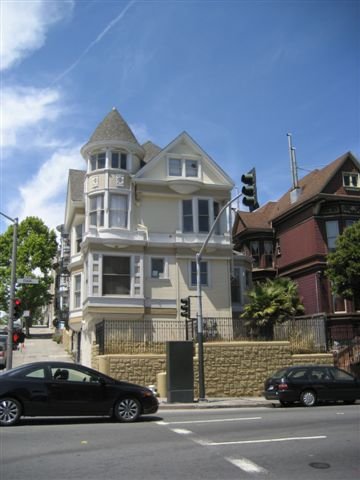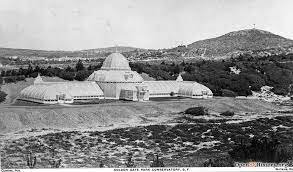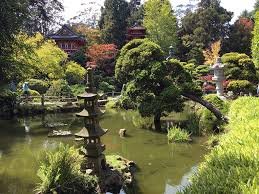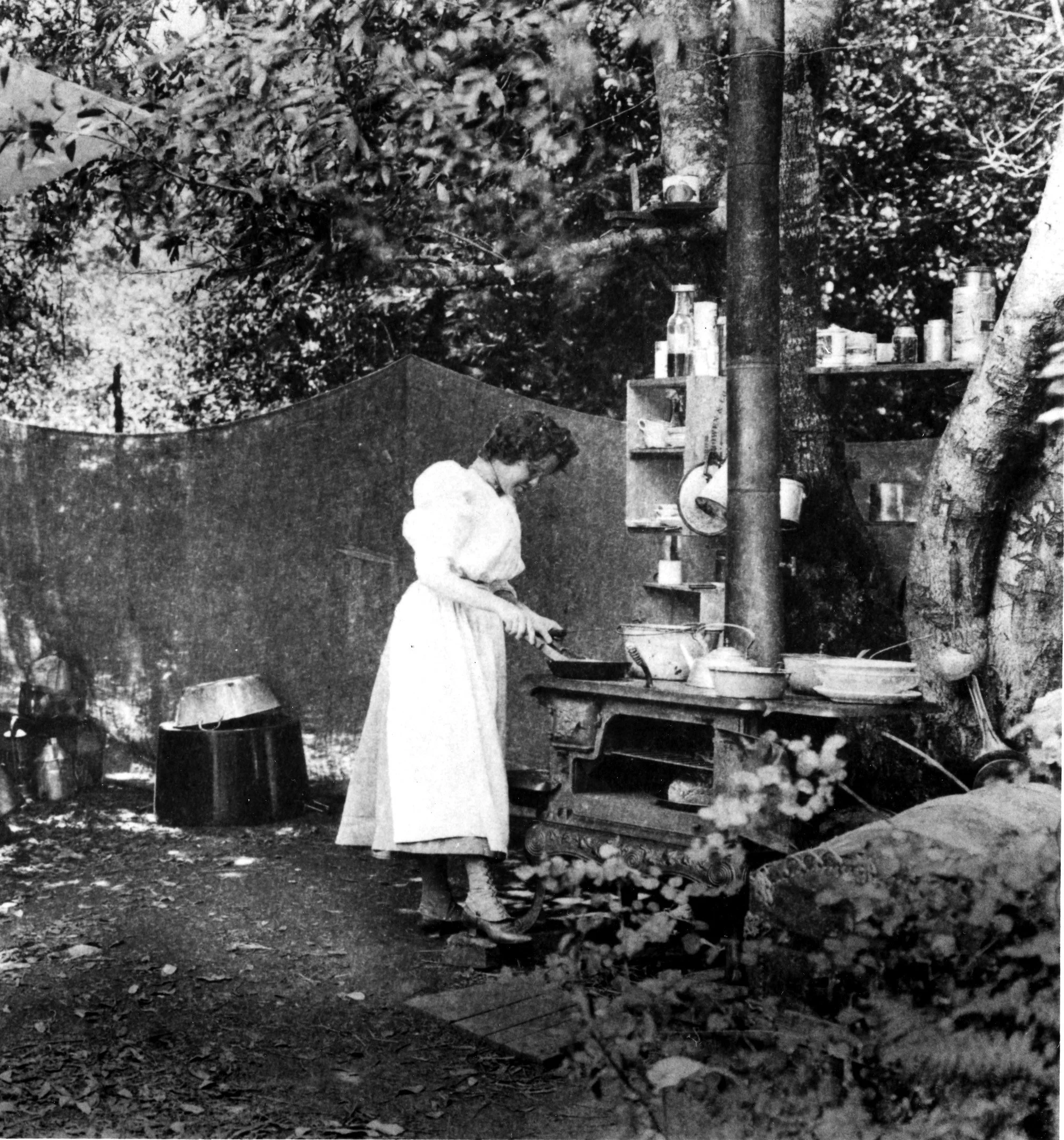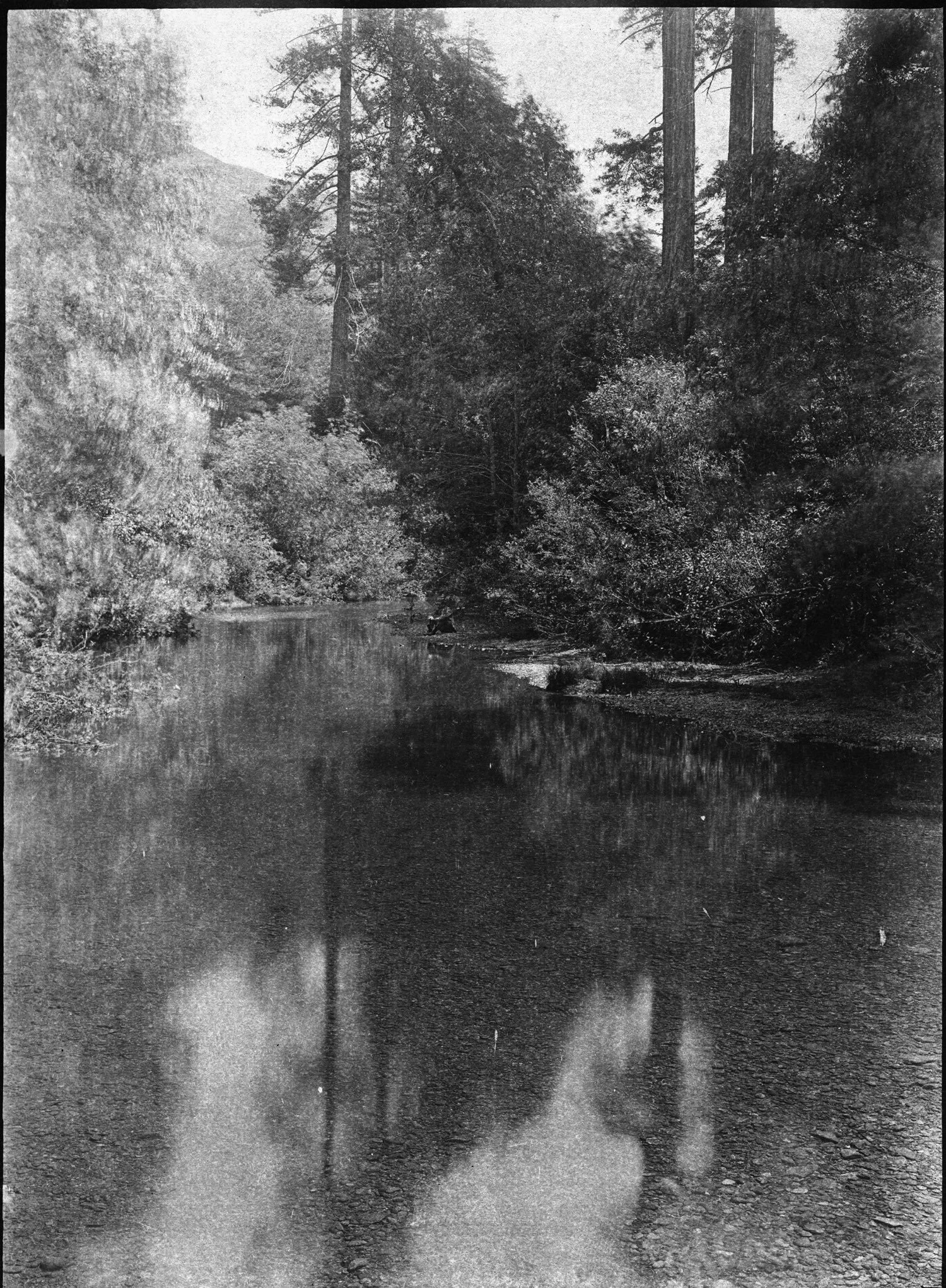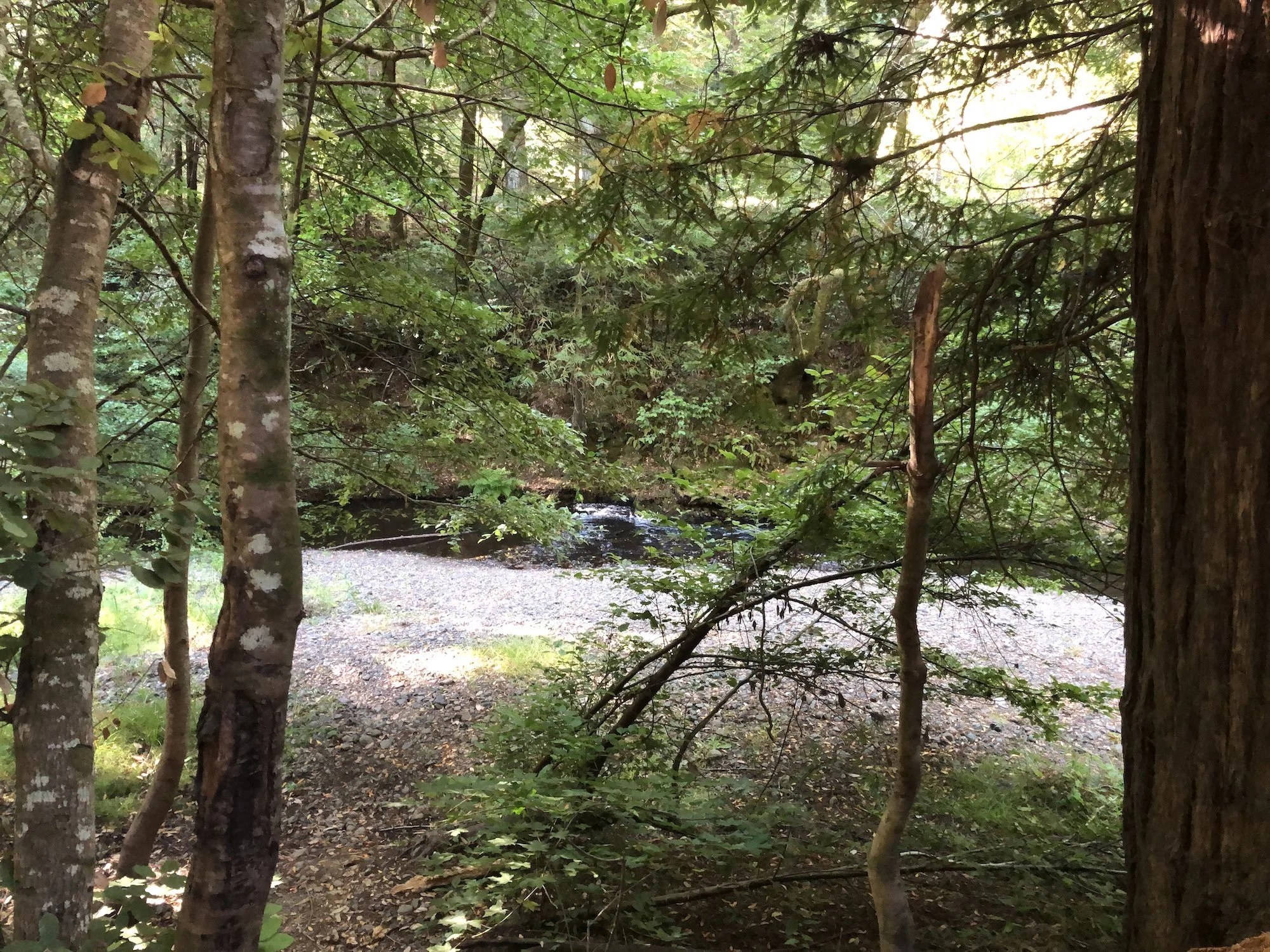San Francisco
February through May 1900
Swamiji’s second voyage to the West in June of 1899 was initially undertaken to recoup his health. After a long and restful journey, he soon regained his natural vigor. Swamiji was originally staying at Mr. Francis Leggett’s residence in Ridgely Manor, Stone Ridge, New York.
Rev. Benjamin Fay Mills
Swamiji seems to have had an intuition about coming to what Josephine MacLeod called “Kali-fornia,” and indeed she was directly involved in the unusual circumstances connected with his coming to Pasadena; he arrived in southern California on December 3. After staying eleven weeks in Los Angeles and Pasadena, Swamiji expressed his interest in visiting San Francisco. Shortly thereafter, as if through divine dispensation, a letter of invitation from Reverend Benjamin Fay Mills arrived inviting him to speak before the Congress of Religions to be held at the First Unitarian Church in Oakland.
Oakland Mole, 1907
Swamiji arrived in San Francisco from southern California on the evening of February 22, 1900, on a Southern Pacific train at the Oakland Mole.
He entered a city far different from that of Los Angeles. After the famous Gold Rush in 1848, San Francisco had become cosmopolitan, urbane, and full of vigorous life and variety. He and Mrs. Alice Hansbrough boarded a ferryboat for the twenty-minute ride across the Bay. They disembarked at the landmark Ferry Building which, incidentally, later withstood the ravages of the great 1906 Earthquake and Fire.
Ferry Building
The Ferry Building was buzzing with activity. Experiencing the hurly-burly of Market Street many times while waiting for a streetcar on his way to the East Bay ferry, undoubtedly prompted Swamiji to refer to this experience later in one of his Alameda talks regarding the attainment of yoga: “This is the question: With every sense and every organ active, have you that tremendous peace [in which] nothing can disturb you? Standing on Market Street, waiting for the car with all the rush going on around you, are you in meditation calm and peaceful? In the cave, are you intensely active there with all quiet about you? If you are, you are a yogi, otherwise not.”
Union Square
Union Square with Dewey Monument in the center, 2000s
Union Square, the famous park that fills a square block in the heart of downtown San Francisco, had the same dignified status in 1900 as it has today, but the surrounding scene was very different. Not only because of the passage of time, but also as a result of the devastating earthquake and fire that destroyed much of downtown San Francisco, including all of the buildings where Swamiji had delivered lectures. But in 1900 when Swamiji was there, it was adorned by lawns, small trees, low shrubs, and a flagpole.
The Dewey Monument, usually known as the American Navy Monument, an eighty-three foot granite column topped by a twelve foot bronze figure of Victory, dedicated by President Theodore Roosevelt in 1903, miraculously survived the earthquake and remains a familiar landmark of Union Square.
Swamiji spoke in four of the halls in the buildings in and around Union Square in 1900. In fact, he gave over twenty-four lectures during this period spanning February 23 to April 14, including “The Ideal of a Universal Religion,” five lectures on “The Great Teachers of the World,” and “”Is Vedanta the Future Religion?” These halls were: Golden Gate Hall, Union Square Hall, Washington Hall and Social Hall, the latter two were both in the Red Men’s Building. All were destroyed in the great earthquake.
Golden Gate Hall had been a brick building that stood on the south side of Sutter Street between Taylor and Mason. But judging from pictures of a heap of bricks and partly standing wall, the building had been a handsome one. Union Square Hall was located on the south side of Post Street between Powell and Mason streets. The St. Francis Hotel was renumbered 455 Post Street, according to the 1986 map, on the site where Union Square Hall had been located.
Red Men’s Building, 320 Post Street (far left), ca. 1895
The Red Men’s Building, which belonged to the Improved Order of Red Men, a secret society similar to Freemasonry, faced Union Square. The street floor contained two or more shops; the third floor was occupied by the Pacific Business College. Both Washington Hall as well as Social Hall were undoubtedly on the second floor.
After the last lecture that Swamiji gave at the Social Hall in the Red Men’s Building on April 14, 1900, the Vedanta Society of San Francisco was founded. The name of the Society was later changed to Vedanta Society of Northern California.
During this period that he was lecturing in downtown San Francisco, Swamiji usually rode in the cable cars. Mrs. Hansbrough recalled: “Swamiji would always sit very straight on the streetcar with his hands one on top of the other on the walking stick he carried. He would often sing on the car in a low tone of voice.”
Swamiji often had dinner after his lectures in a section of town known as Little Italy at Mr. Juhl’s restaurant at 533 Broadway. Mr. Juhl was an elderly German from the Home of Truth. The restaurant was across the street from the landmark County Jail, where Columbus Avenue (then Montgomery Avenue) diagonally intersects the block between Kearny Street and Grant Avenue (then Dupont Street).
Chinatown
Swamiji was fond of visiting Chinatown which occupied some twelve square blocks. He enjoyed moving among the Chinese people whose ancient traditions, customs, manners, and modes of life deeply interested him.
Old St. Mary’s Cathedral
660 California Street
Chinatown scene after the 1906 earthquake. The Old St. Mary’s Cathedral is on the left.
Old St. Mary’s Cathedral stood, as it stands today, right at the entrance to Chinatown on the corner of Grant Avenue and California Street. Swamiji surely visited this beautiful cathedral dedicated to the Virgin Mary. Today only the walls and granite steps at the south portal of the district survived the disaster of 1906.
Mark Hopkins Institute of Art
Another place Swamiji visited was the Mark Hopkins Institute of Art (then a branch of the University of California) that was housed in a huge mansion atop Nob Hill where the Mark Hopkins Hotel now stands at 999 California Street and Mason.
Saint Francis Memorial Hospital, 2013
The Pine Street Home of Truth
1231 Pine Street
When Swamiji first arrived in San Francisco, he was staying at the Pine Street Home of Truth 1231 Pine Street between Hyde and Leavenworth, on the lower southwest slope of Nob Hill. Today St. Francis Memorial Hospital, 900 Hyde Street, includes the lot on Pine Street where the Home of Truth was located.
When he expressed his wish to leave the Home, Mrs. Hansbrough took him to the home of a friend which stood, as the return address on his letters of March 4 and 7 indicate, at 1502 Jones Street, a location in more or less the same part of the city as the Home of Truth and easily accessible from downtown by cable car.
1502 Jones Street was on the corner of Jackson, according to the 1905 San Francisco map. The map with the edges burnt is still available. All other maps of San Francisco were destroyed in the earthquake and fire except the ones for 1905.
Swamiji had contact with three California Homes of Truth: the first was the Pine Street Home, next the California Street Home located on California between Laguna and Buchanan, and finally the Alameda Home in the East Bay.
California Street Home of Truth
2173 California Street
There is a photo in the Vedanta Society of Northern California archives taken in 1939 with the location of the California Street Home of Truth 2173 California Street, which is between Laguna and Buchanan. This house was identified by Mrs. Cara French, a disciple of Swami Trigunatita.
The Home of Truth house is no longer standing. A new building (dark gray in the above photo) numbered 2173 at the location on the south side of California Street between Laguna and Buchanan is the same.
Dr. Albert Hiller’s house
1011 Sutter Street
While visiting San Francisco, Swamiji stayed briefly with Dr. Albert D. Hiller, a surgeon and homeopathic physician whose home and offices were at 1011 Sutter Street, in a residential block between Larkin and Hyde. From one of Swamiji’s letters we can infer the approximate date of his visit, which would have been sometime after April 1.
Turk Street Flat
1761 Turk Street
When Swamiji left the Jones street residence, he, Mrs. Hansbrough and Mrs. Aspinall moved into the Turk Street flat probably on March 8. The Turk Street flat numbered 1719 at Seymour is a notable site for it is here that Swamiji lived the longest while in San Francisco. The building is still extant but has been renumbered 1761.
Swamiji’s Door
An impressive, pillared entrance on Seymour Street gave access to the ground floor, and on Turk Street, alongside the little garden plot, a long, precipitous flight of stairs ascended to the porticoes, twin-door entry to the second and third stories. Swamiji’s door was on the right.
It may be mentioned that all the places that Swamiji lived and visited in San Francisco were basically in the same part of town or not far from one another; such as the Pine Street Home of Truth, the Jones Street residence, the Hiller’s and the California Street Home of Truth. The Turk Street flat and Dr. Logan’s house on Steiner Street are quite close in the same district. The same was true of the location of his downtown lectures around Union Square. This can be observed by studying maps and photos of the city districts in 1905 prior to the earthquake. This is why Swamiji could often move around so easily by cable car or street car from place to place.
Dr. Logan’s House
510 Steiner Street
In May Swamiji stayed with his friend Dr. Milburn H. Logan who lived with his family at 770 Oak Street (now renumbered 510 Steiner Street) in a large, three-story frame house on the northeast corner of Oak and Steiner streets. Dr. Logan’s house was graced by the stays of four disciples of Sri Ramakrishna: Swami Vivekananda, Swami Turiyananda, Swami Trigunatita, and Swami Abhedananda.
Swamiji gave Gita classes in Dr. Logan’s house as well as in his medical offices at 6-8-10 Geary Street, a building that stood on the north side of the street near the triangular intersection of Geary, Kearny, and Market. Large areas of Market Street were completely destroyed in the earthquake.
Golden Gate Park
Stanyan Street
Swamiji visited Golden Gate Park located on Stanyan Street which encompasses 1,017 acres three miles long east to west; and a half mile north to south. Many of the features today, including, the Conservatory with its display of rare tropical plants, the Japanese Tea Garden, Strawberry Hill and Stow Lake among other features were there in Swamiji’s time.
Mrs. Hansbrough’s reminiscences include a few details about his walks and drives in Golden Gate Park. Swamiji strolled with Mrs. Hansbrough along Stow Lake and crossed a stone bridge (which is still standing and marked 1893) to the island, where after some time they became confused and lost their way.
She humorously recalled, “When we left the bridge some distance behind and tried to discover some means of re-crossing the stream, Swamiji realized we were on an island, and without thinking to use just that word he tried to indicate the fact to me as he looked about for a means of crossing. Finally when he saw that I had neither caught his meaning, nor perceived that the land was an island he remarked, ‘Well, Madam, I am glad I haven’t your brain!’”
Cliff House and Seal Rocks
1090 Point Lobos Avenue
The Cliff House and Seal Rocks situated on the headland above the cliffs just north of Ocean Beach in the outer Richmond neighborhood on the western side of San Francisco were also visited by Swamiji. In 1900 the Cliff House was a world-famous restaurant housed in a grandly towered wooden chateau that sat on the very edge of a cliff at the farthermost end of the city. The Cliff House is still standing but is now closed as a restaurant.
Camp Taylor, Marin County
Early May, 1900
For two weeks in early May, Swamiji camped in Marin County at Camp Taylor (now Camp Irving) free from public engagements and crowds of people. He meditated in the profound stillness of the surrounding forest, chanted in the silence of the early morning hours, took quiet walks with his fellow campers and left the camp refreshed in spirit.
East Bay
The First Unitarian Church
685 14th Street, Oakland
Swamiji became known in the East Bay, primarily Oakland and Alameda, through his lectures at The First Unitarian Church in Oakland located at 685 14st Street and Castro.
The church was built in the latter half of the 19th century. It has been described as a graceful, gable-roofed, gray stone and red brick structure built around three sides of a courtyard, the fourth side of which opened on Fourteenth Street. His first talk, “The Claims of Vedanta on the Modern World” was given on February 25, 1900, to an eager crowd of 2,000. Although the Unitarians were known for their liberalism, intellectualism, and religious acceptance, for many it was the first time they had been exposed to such liberating ideas from one who obviously embodied what he spoke.
The Alameda Home of Truth
Swamiji moved to Alameda to the Home of Truth (which no longer stands) in April. Throughout his stay in the Bay Area, he travelled back and forth repeatedly from the East Bay to San Francisco by ferry. He always enjoyed the brisk trip in the salty wind of the Bay.
Swamiji left San Francisco at the end of May for India via the East Coast, Europe and the Middle East. Within three months he had sown the seeds of Vedanta throughout the Bay Area, which to this day continue to sprout and flourish.
You will find a large number of photographs of Swamiji in San Francisco at this link.
Source
Marie Louis Burke, Swami Vivekananda in the West: New Discoveries (Calcutta:Advaita Ashrama), Vol. 5 (1998); Vol. 6 (1987).
Research by Pravrajika Virajaprana
